US stocks surge in initial trading, with S&P 500 and NASDAQ extending recent record run. The moves seem to have exhausted their momentum. No follow through buying is seen after S&P 500 hit 2903.77 and NASDAQ hit 8046.31. Both indices have indeed turned red at the time of writing and DOW is up only 0.06%.
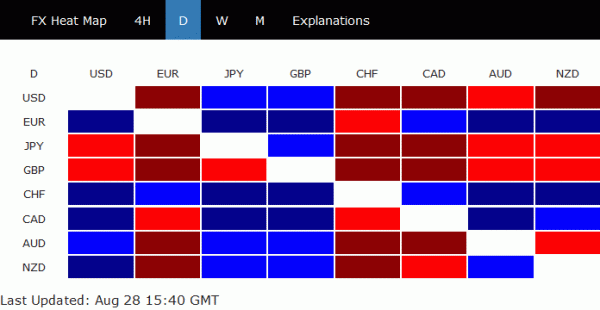
In the currency markets, Canadian Dollar is now the strongest one, followed by Swiss Franc and then Euro. The US seems to be optimistic in the trade negotiations with Canada. Treasury Secretary Mnuchin said today that “the U.S. market and the Canadian markets are very intertwined.” And, ‘it’s important for them to get this deal and it’s important for us to get this deal.” He said the agreement could be concluded within this week.
On the other hand, Sterling suffers fresh selling in US session, in particular against Euro and Swiss Franc. Yen follows as the second weakest. Dollar is the third weakest even though data showed consumer confidence rose to highest since October 2000.
One development to note is the strong rally in treasury yields. It’s believed to have started from Germany as 10 year bund yield jumps 0.10 to 0.38. The move is on the back on news that Germany is considering to extend financial aid to Turkey, to prevent knock-on effect from deterioration in the latter’s economy. But the WSJ report also noted that the discussions are in very early stage, and the talk could eventually fall apart.
Nevertheless, the over developments help lift 10 year US yield sharply higher. At the time of writing it’s up 0.27 at 2.875. The rebound also marks strong support from 2.811 and focus is back of 55 day EMA (now at 2.892). Break there will bring 3% handle back in radar.
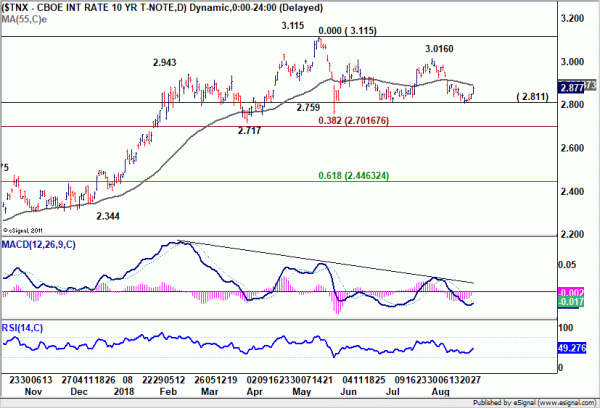




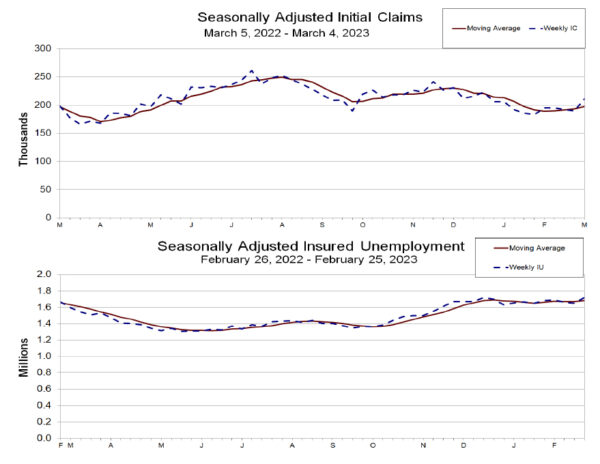
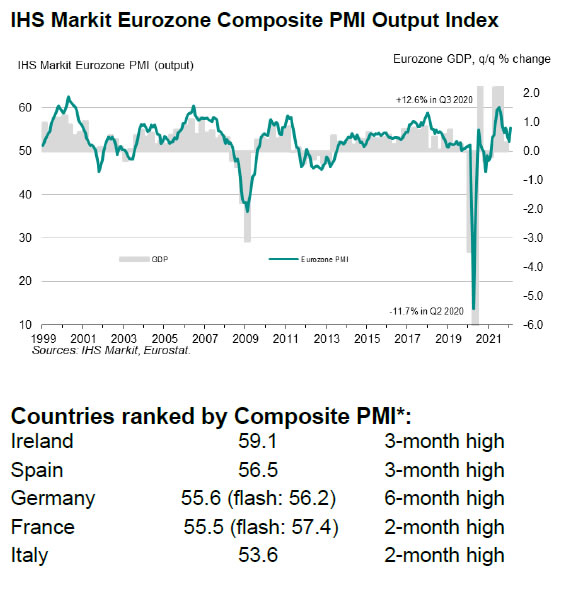
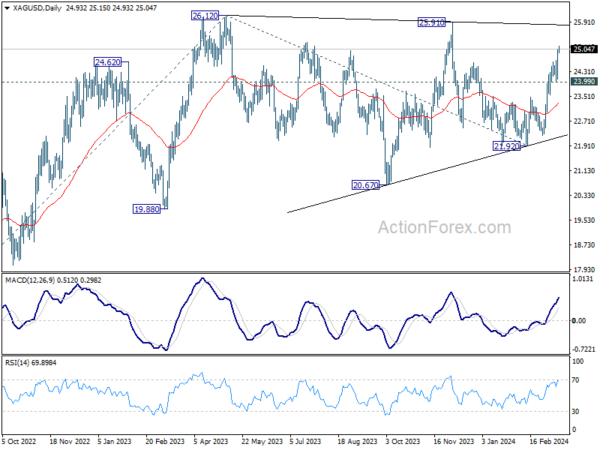

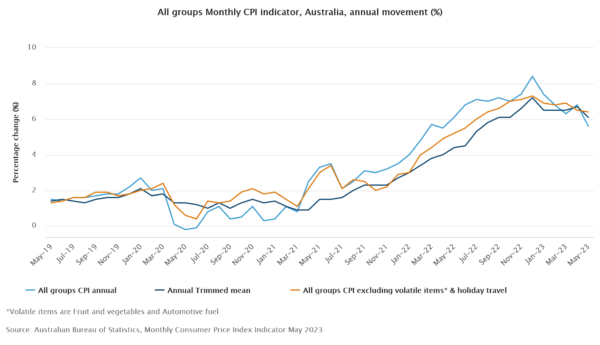


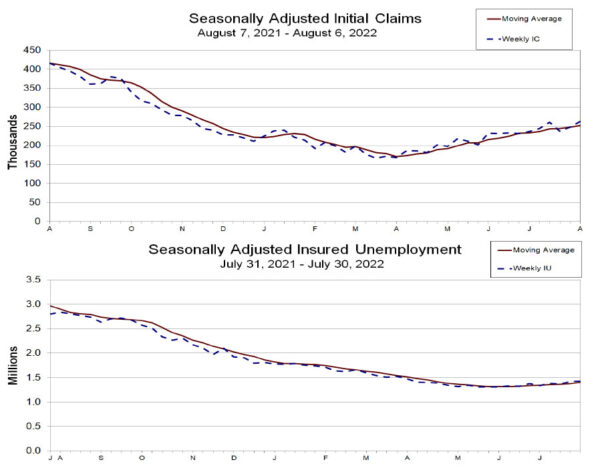
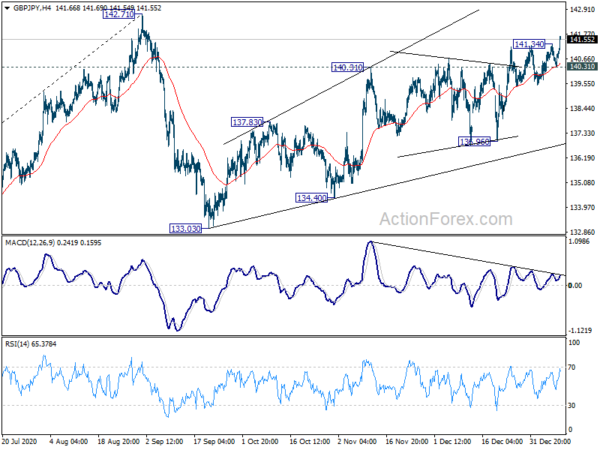
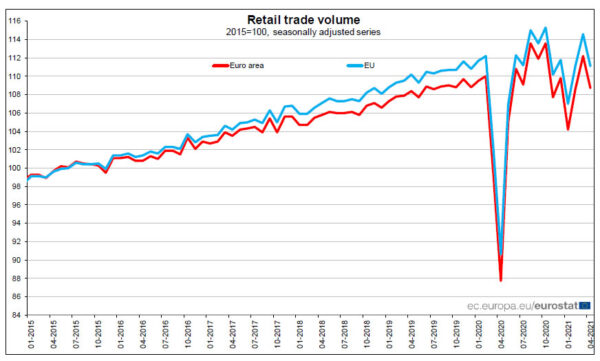
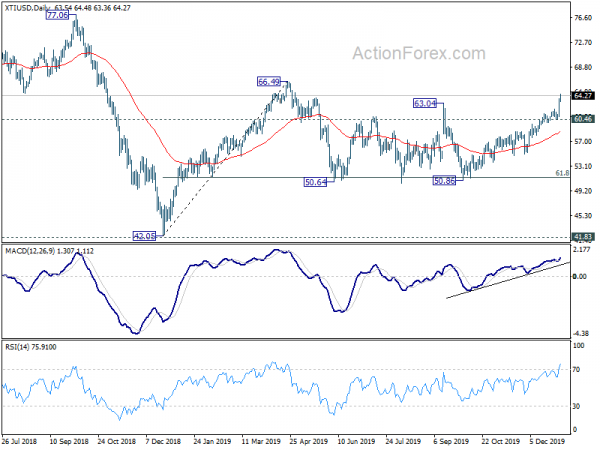
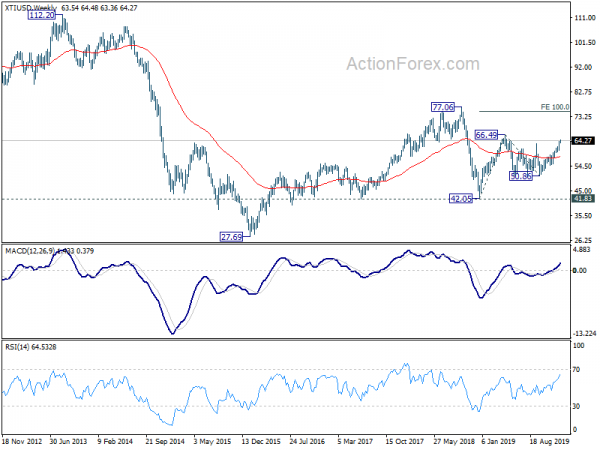
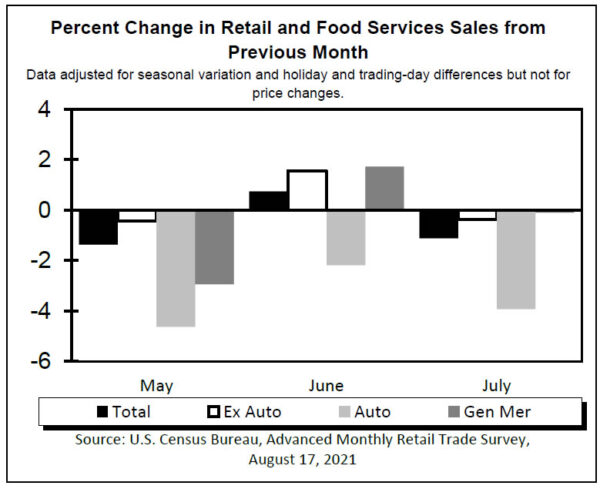

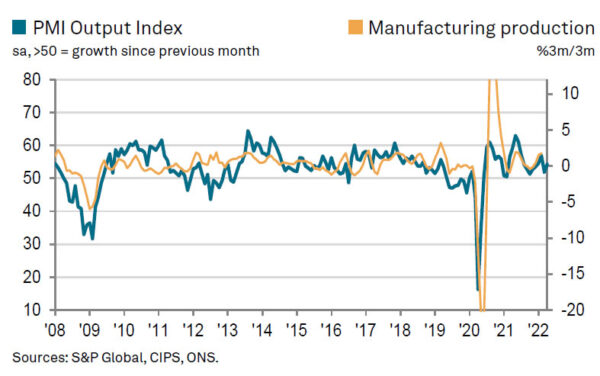
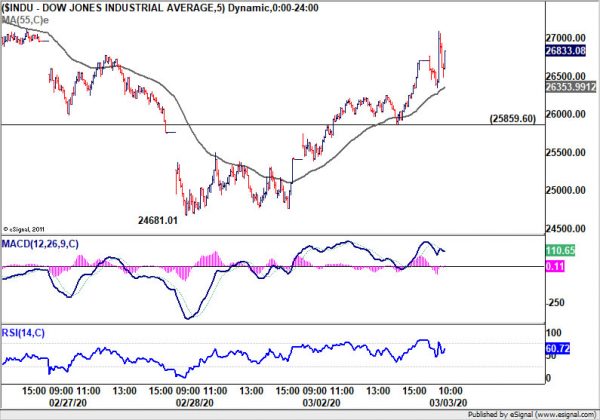
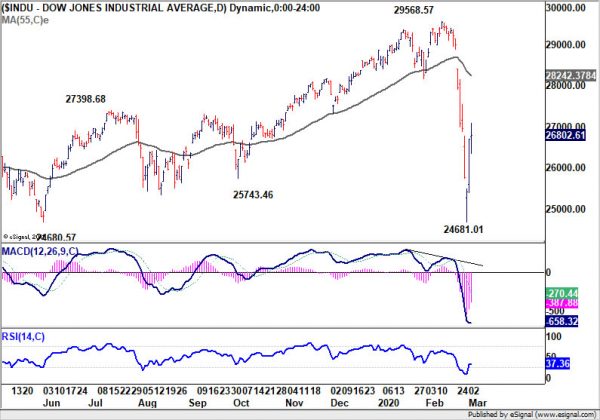

BoJ Kuroda – Same message, long way from hitting inflation target
BoJ Governor Haruhiko Kuroda repeated his rhetorics that Japan is still long way from meeting the 2% inflation target. Therefore, it’s too early to talk about stimulus exit. But he assured the parliament that the central bank has the tools to smoothly exit from the ultra-loose monetary policy when needed. Kuroda added that “by combining various tools, it’s possible to shrink the BoJ’s balance sheet at an appropriate pace while keeping markets stable.” Meanwhile, he also hailed that while keeping long term yield low with the policy, BoJ also managed to maintain markets’ trust in JGBs. He noted “If market trust over Japan’s debt is eroded, it will be difficult for us to keep interest rates low with our yield curve control policy.”
Release earlier, minutes of BoJ January meeting showed that some board members were concerned with the impact of the loose monetary policy, especially on banks. The minutes showed “some members said it was important to continue to monitor and assess the positive impacts and side-effects of the current monetary easing policy, including its effects on Japan’s banking system.” Some member suggested to raised the yield target as economy improves. But another member (obviously Goushi Kataoka), called for ramping up the stimulus.